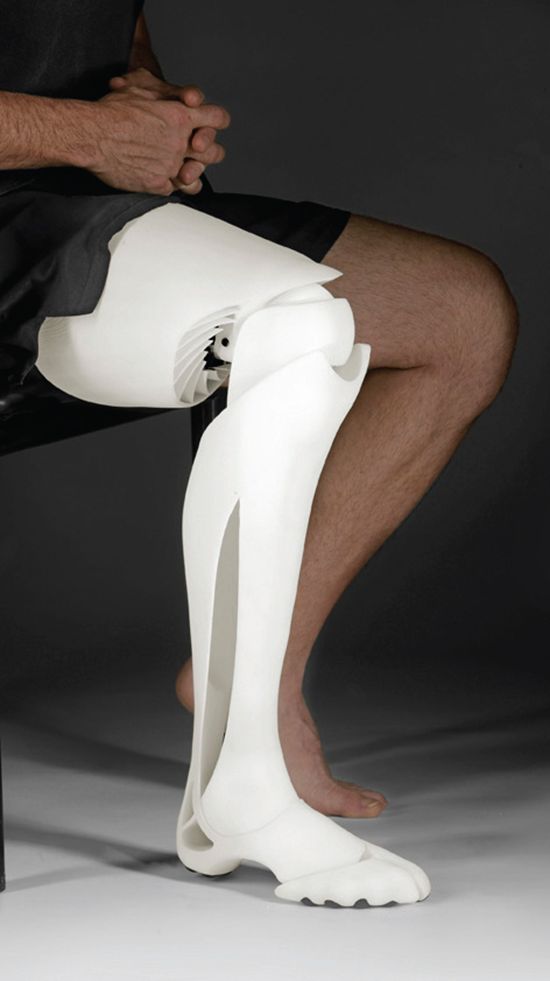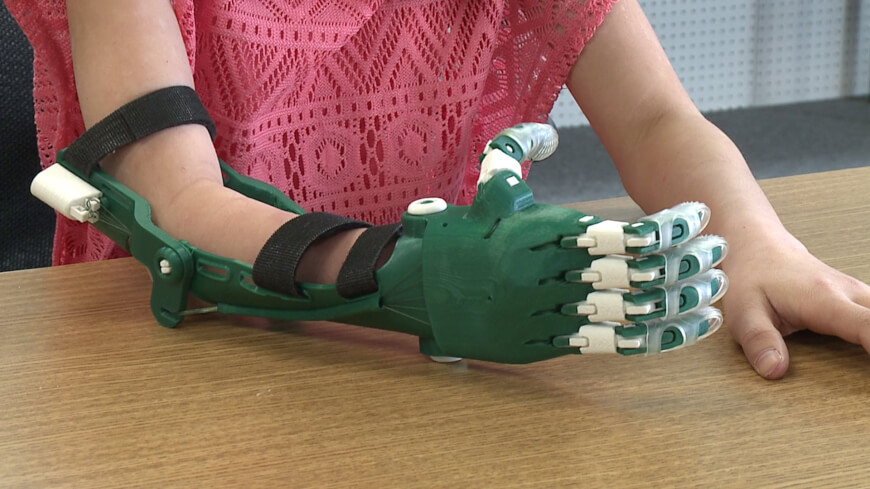3D Printing in Medicine: From Prosthetics to Organ Replacement

Y’all, have you heard about the amazing things happening in the world of medicine and biopharma? I’m talking about 3D printing, y’all! That’s right, we can now print organs, prosthetics, and even medicine. It’s crazy, but it’s true. Let me break it down for y’all.
Artificial Organs for Biopharma Research and More
Have you ever heard of artificial organs? It’s like something out of science fiction, but it’s real, y’all. Scientists are now able to 3D print organs for research purposes. This allows them to test new drugs and therapies without using real human subjects. That’s a win for all of us, because it means we can find new treatments without putting people at risk.
The potential for this type of research is huge, y’all. It can lead to breakthroughs in treating diseases like cancer, Alzheimer’s, and heart disease. Plus, it can help develop new medications for other conditions that are currently untreatable. And that’s not even the craziest part, y’all.
3D Printed Medicine
You read that right. We can now 3D print medicine, y’all. I know it sounds like a joke, but it’s not. In fact, it’s projected to be a $3.89 billion industry by 2022. That’s how much potential this technology has, y’all. And it’s not just about making pills in a new way. It’s about making custom medicines that are tailored to an individual’s needs.

Think about it, y’all. You could get a medication that is tailored to your body and your condition. That’s huge for people with chronic illnesses who struggle to find the right medication. It could also lead to breakthroughs in treating rare diseases that don’t have a cure yet. This technology has the potential to change lives, y’all.
3D Printing in Medicine: Overview
Now, I know some of y’all might be wondering how this all works. Let me break it down for you. 3D printing uses a special type of ink that is made up of cells, proteins, and other biomaterials. This ink is then printed layer by layer until it forms the desired shape. This can be a prosthetic limb, an organ, or even a pill.

But it’s not just about printing things, y’all. It’s about creating things that are better than what we have now. For example, 3D printed prosthetics are lighter and more durable than traditional prosthetics. They’re also customizable, so they can fit a person’s body perfectly. And that means they’re more comfortable to wear, y’all.
The Ultimate List of What We Can 3D Print in Medicine And Healthcare
The possibilities of 3D printing in medicine are endless, y’all. Here are just a few things that we can now create:
- Organs
- Prosthetics
- Bones
- Tissue
- Skin
- Implants

You might be asking yourself, “Why do we need to print all of these things?” The answer is simple, y’all. It’s about making things better for everyone. For example, 3D printed bones and tissue could be used to repair injuries or replace damaged parts of the body. This means shorter recovery times and less pain for patients.
3D Organ Printing
Now, let’s talk about the big one, y’all. 3D organ printing. This is the most amazing development in medicine since penicillin, y’all. It’s still in the experimental stage, but scientists have already printed functional organs like hearts and livers. Can you imagine that, y’all? We can print organs now.
Think about all of the people waiting for organ transplants. With 3D organ printing, we could eliminate the need for donors, y’all. That’s because we could print organs that are an exact match for the patient’s body. And because they’re made from the patient’s own cells, there’s no risk of rejection. That’s huge, y’all. It means more people could get the life-saving transplants they need.
Conclusion
So there you have it, y’all. The amazing world of 3D printing in medicine. This technology has the potential to change lives, y’all. It can lead to breakthroughs in treating diseases, better medicines, and even eliminate the need for organ donors. It’s a game-changer, y’all. And it’s all thanks to the hard-working scientists and researchers who are pushing the boundaries of what’s possible. We can’t wait to see what they come up with next, y’all.
Source image : www.biospace.com

Source image : internetmedicine.com

Source image : medicalfuturist.com

Source image : 3dprintingindustry.com
Source image : www.istockphoto.com








